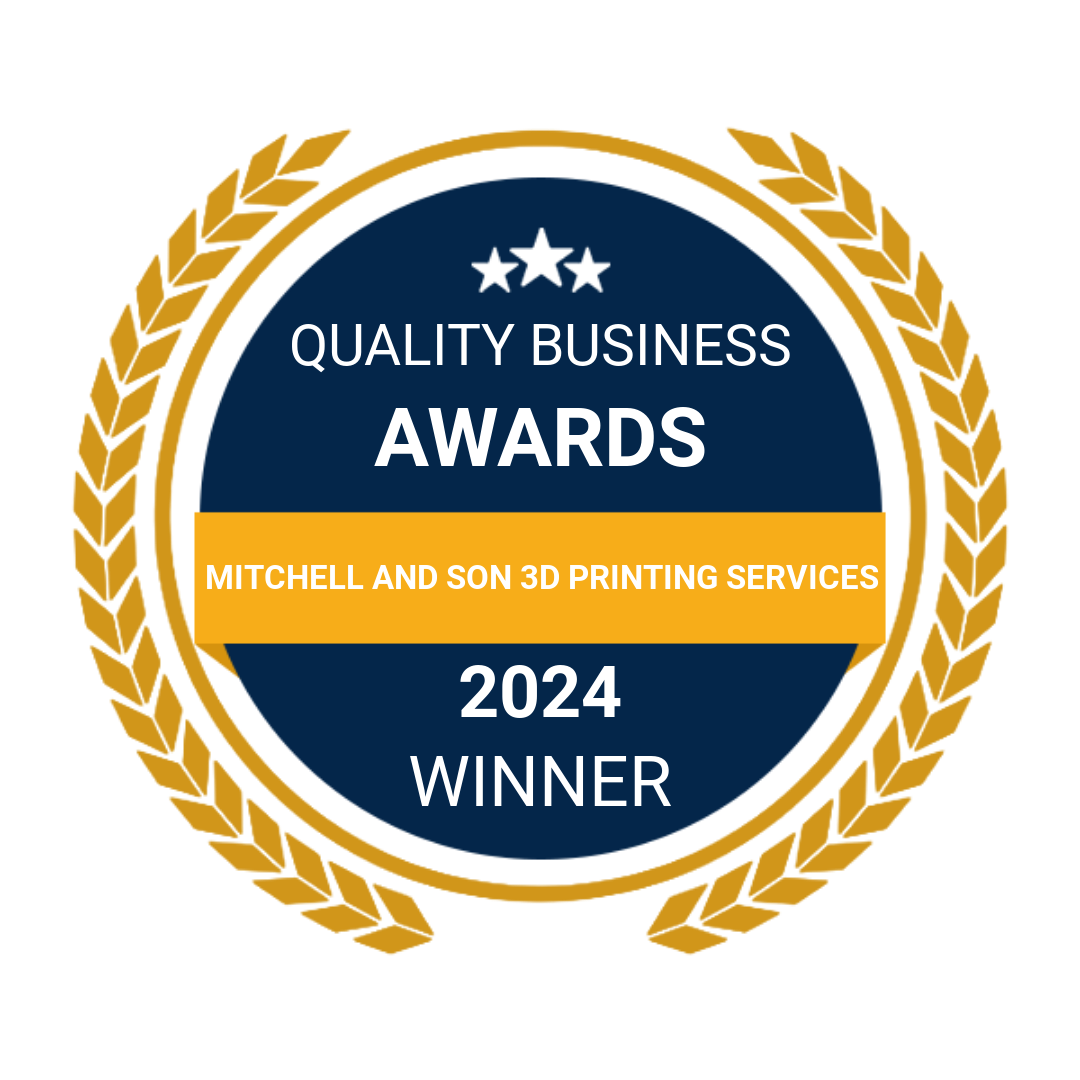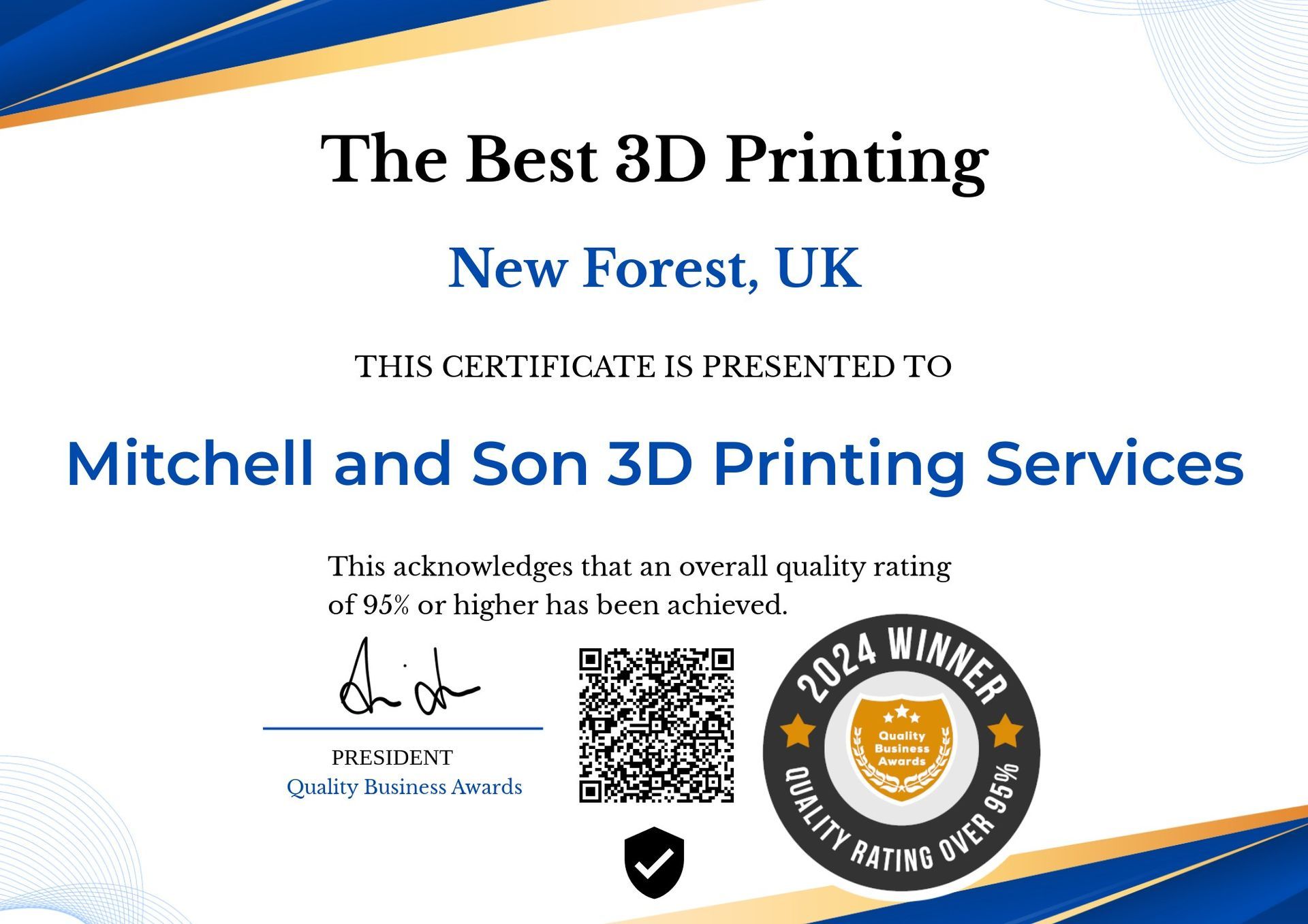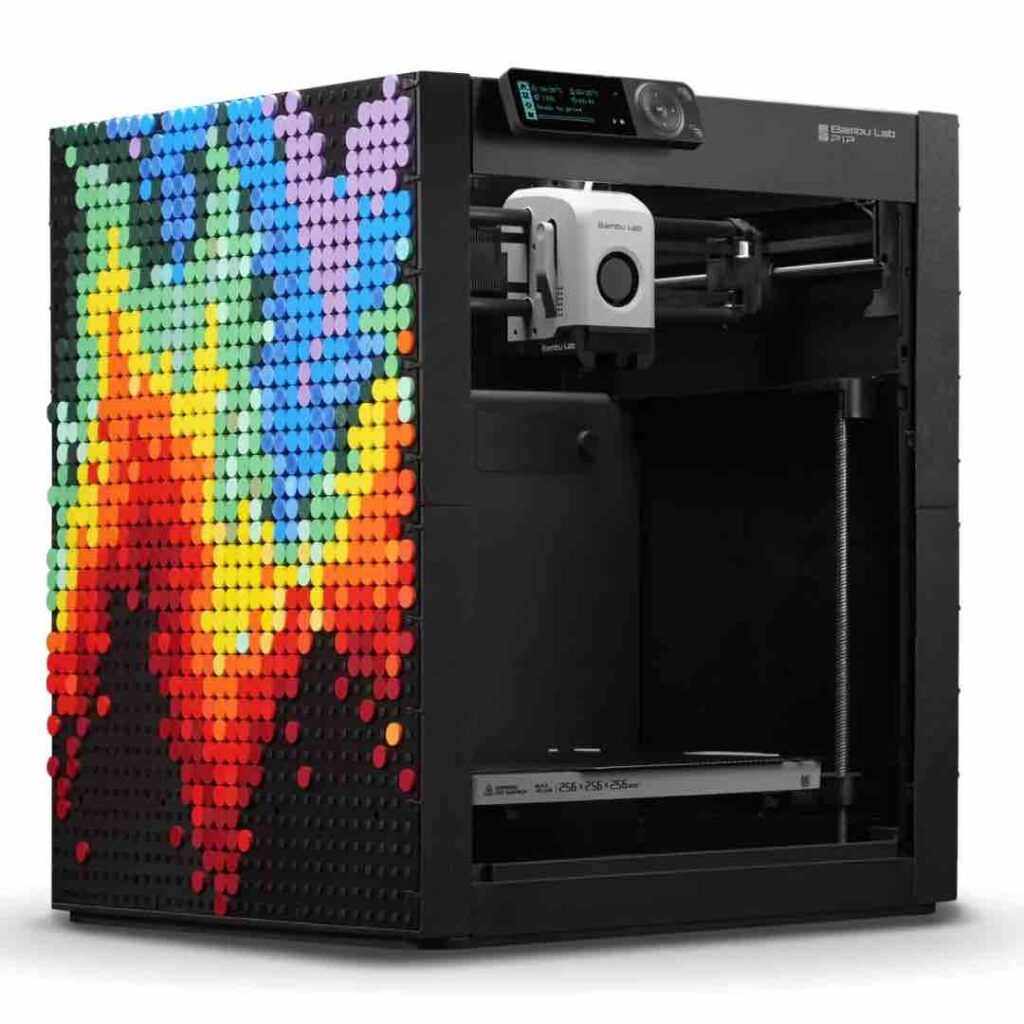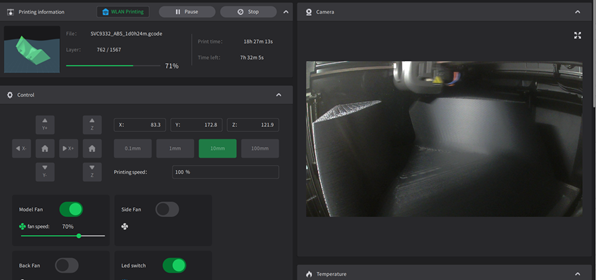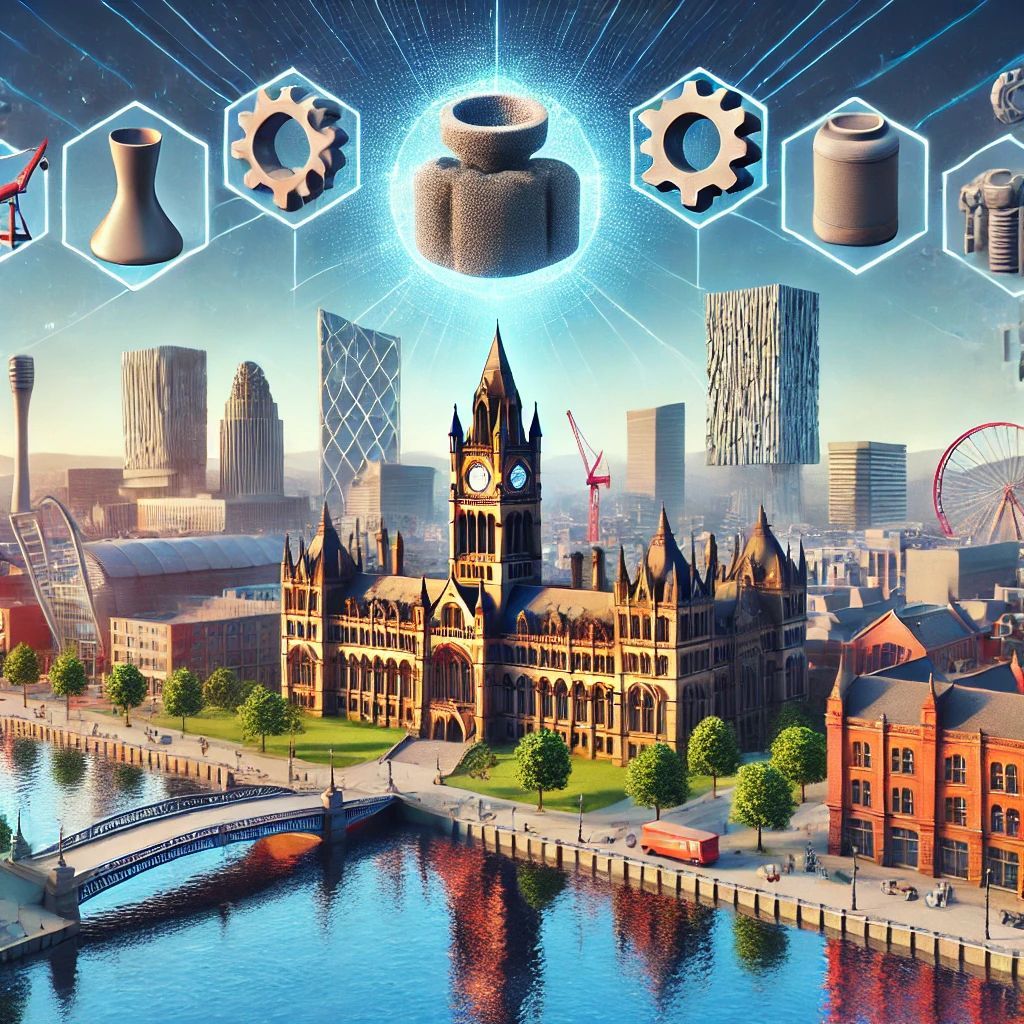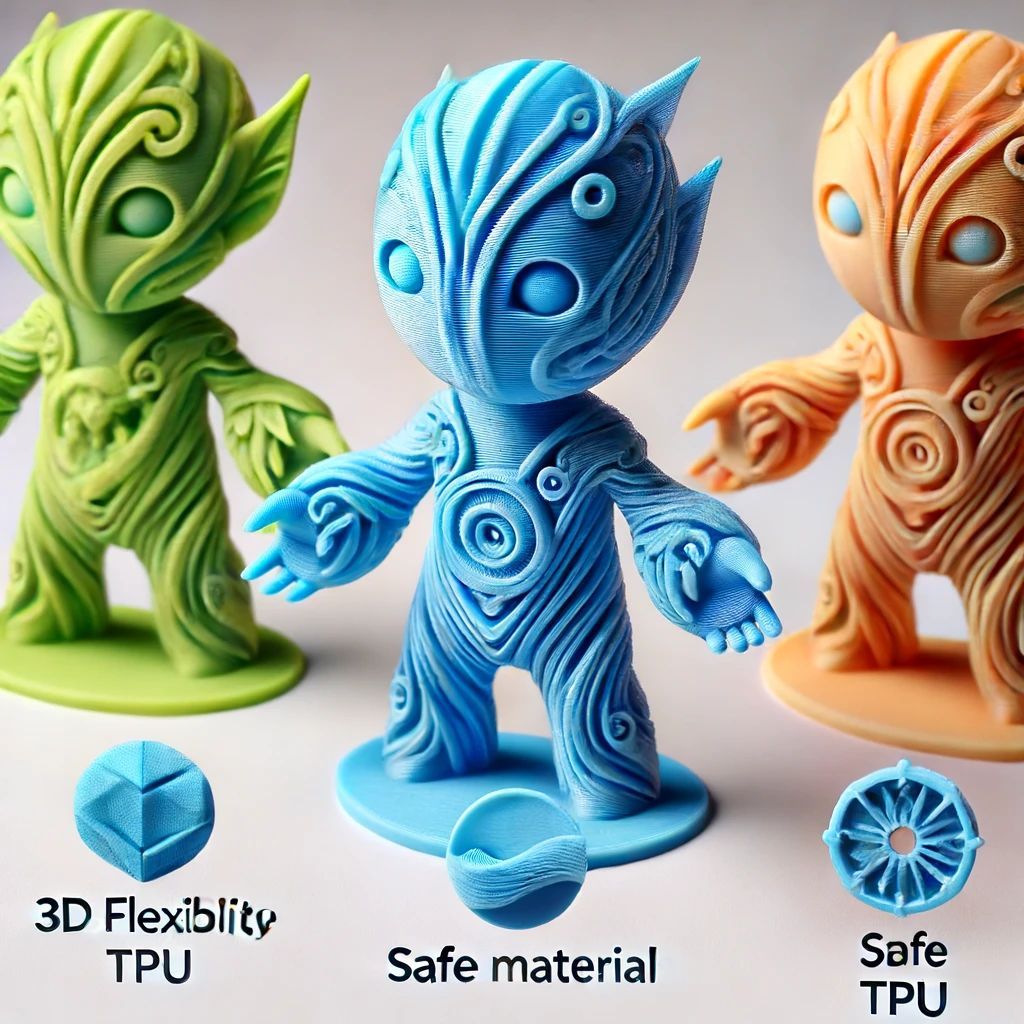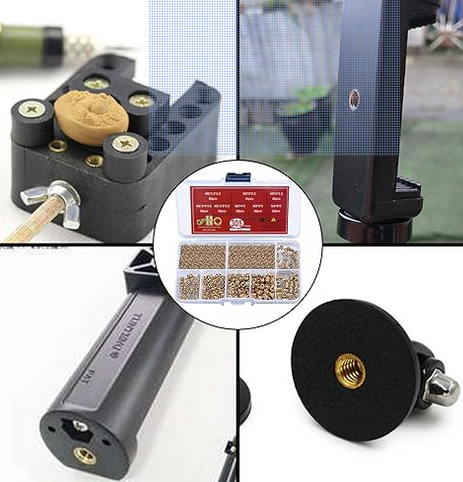2024 Additive Manufacturing Trends and Predictions
Tailwinds and Technological Advancements
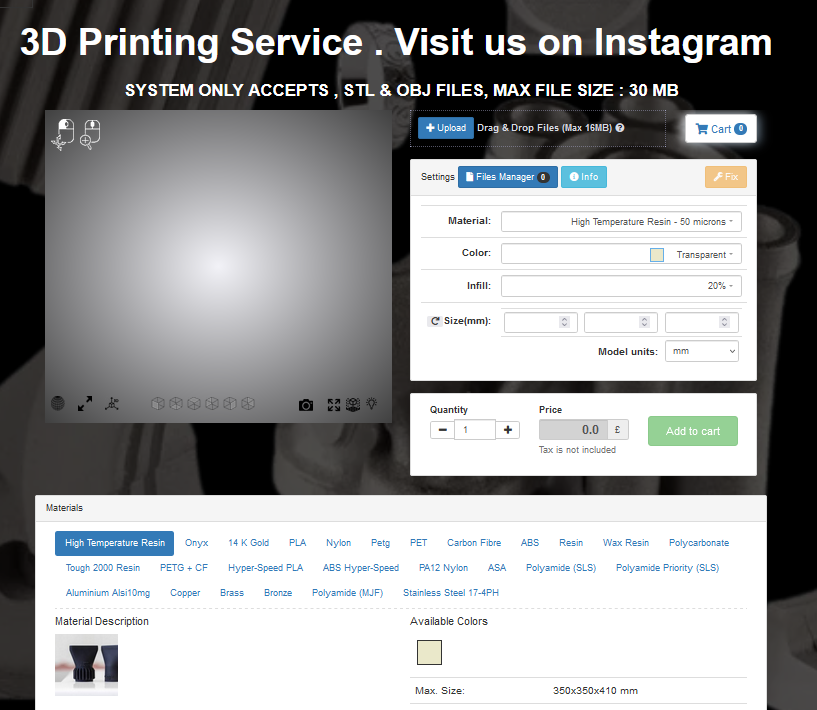
The additive manufacturing (AM) industry is expected to continue its rapid growth trajectory in 2024, driven by several key tailwinds and technological advancements.
The merger between Stratasys, a leading additive company based on 2022 revenues, and another major player in the industry underscores the sector's consolidation and maturation.
This consolidation is likely to enhance R&D capabilities, streamline supply chains, and foster innovation, enabling the development of new materials, improved printers, and more efficient production processes.
Focus on Sustainability and Customization
Sustainability and customization are set to be significant themes in 2024. As businesses and consumers increasingly prioritize eco-friendly practices, additive manufacturing offers a way to reduce waste, lower carbon footprints, and produce parts on-demand, thus minimizing overproduction and inventory costs.
Additionally, AM's ability to produce customized parts easily aligns with the growing demand for personalized products across various industries, from healthcare to automotive.
The focus of sustainability and customization in additive manufacturing and other industries requires delving deeper into how these two critical elements are becoming increasingly central to business strategies, consumer preferences, and technological innovations.
Sustainability: A Core Strategy
Sustainability is no longer a niche or an add-on feature but a core strategy that shapes business models, product development, and market positioning.
Companies are integrating sustainability into their core strategies, recognizing its importance in driving long-term growth, resilience, and competitiveness.
The commitment to sustainability extends beyond environmental considerations to encompass social and governance factors, creating a comprehensive approach to responsible business practices.
Customization: Driving Consumer Engagement
Customization, fueled by technological advancements such as additive manufacturing, is revolutionizing consumer products, healthcare, and even construction.
The ability to tailor products and services to individual preferences and needs is not just enhancing customer satisfaction but also contributing to sustainability by reducing waste associated with mass production.
Additive manufacturing enables the production of customized parts on-demand, significantly lowering inventory costs and minimizing overproduction.
The Interplay Between Sustainability and Customization
The synergy between sustainability and customization is creating new opportunities for innovation.
By leveraging technologies like 3D printing, businesses can produce customized solutions that are both environmentally friendly and economically viable.
This interplay is particularly evident in sectors like fashion, where sustainable materials are used to create personalized items, reducing waste and improving supply chain efficiency.
Challenges and Opportunities
While the focus on sustainability and customization offers numerous benefits, it also presents challenges, such as the need for significant investment in technology and the development of new skill sets.
However, these challenges are also opportunities for businesses to differentiate themselves in a crowded market, build brand loyalty among environmentally conscious consumers, and drive sustainable growth.

Integration of AI and Digital Technologies
the integration of artificial intelligence (AI) and digital technologies in additive manufacturing reveals a fascinating and transformative trend set to redefine the industry in 2024.
This integration is not just an incremental improvement but a paradigm shift that leverages the power of digitalization to unlock new capabilities, enhance efficiency, and foster innovation in ways previously unimagined.
Enhanced Design Optimization and Simulation
The application of AI in additive manufacturing goes beyond simple automation, venturing into the realm of sophisticated design optimization and simulation.
AI algorithms are increasingly capable of analyzing complex geometries and material properties to recommend designs that optimize strength, reduce material usage, and improve functionality.
This capability is crucial for industries where material efficiency and product performance are paramount, such as aerospace and automotive engineering.
By simulating how a part performs under various conditions, engineers can make informed decisions before the printing process begins, saving time and resources.
Predictive Maintenance and Quality Control
Furthermore, AI and digital technologies are revolutionizing the maintenance of additive manufacturing equipment and the quality control of printed products.
Predictive maintenance, powered by AI, can analyze data from sensors embedded in 3D printers to predict failures before they occur, minimizing downtime and maintaining consistent production quality.
Similarly, AI-driven quality control systems can inspect parts in real-time during the manufacturing process, identifying defects and deviations from the design with precision far surpassing human capabilities.
This real-time monitoring ensures that every print meets the stringent quality standards required in industries like medical devices and aerospace components.
Supply Chain Digitalization and On-Demand Manufacturing
The digital transformation of additive manufacturing extends to the supply chain, where digital inventory and on-demand manufacturing models are beginning to take hold.
By digitizing product designs and storing them in cloud-based libraries, companies can manufacture parts on an as-needed basis, dramatically reducing inventory costs and waste.
This approach also enables the rapid customization of products to meet individual customer needs without the traditional lead times associated with manufacturing.
As companies adopt these models, the flexibility and responsiveness of supply chains will increase, making them more resilient to disruptions and better aligned with modern consumption patterns.
Collaboration and Innovation Acceleration
The integration of AI and digital technologies fosters an environment ripe for collaboration and innovation.
Digital platforms facilitate the sharing of designs and best practices across global networks of engineers and designers, accelerating the pace of innovation in additive manufacturing.
This collaborative ecosystem encourages the exchange of ideas and the development of novel solutions to complex challenges, pushing the boundaries of what can be achieved with 3D printing.
Training and Skills Development
Lastly, the integration of AI into additive manufacturing is driving the need for new skills and training programs.
As the technology becomes more sophisticated, the workforce must adapt, acquiring knowledge in areas such as data analysis, digital design, and AI operation.
Educational institutions and companies are increasingly offering specialized training programs to equip engineers and technicians with the skills necessary to thrive in this evolving landscape.
The integration of AI and digital technologies into additive manufacturing marks a significant leap forward for the industry.
By enhancing design optimization, improving maintenance and quality control, digitizing supply chains, fostering collaboration, and requiring new skills, this integration sets the stage for a future where additive manufacturing plays a central role in producing innovative, customized, and sustainable products across various industries.
Expansion Across Industries
Additive manufacturing's applications are expected to expand significantly across industries. In healthcare, for example, AM is increasingly used for personalized medical devices and implants.
In aerospace and automotive, its ability to produce lightweight, complex structures offers substantial benefits.
The construction industry also sees potential in 3D printing for building components, indicating AM's growing versatility and acceptance across diverse sectors.
Challenges and Opportunities
The additive manufacturing (AM) industry, while on the brink of transformative growth in 2024, faces a complex landscape of challenges and opportunities that will shape its trajectory. These factors are not just barriers to overcome but also catalysts for innovation and collaboration within the sector.
Technological Limitations and Innovations
One of the primary challenges lies in the technological limitations of current AM processes. Issues such as limited material compatibility, slower production speeds compared to traditional manufacturing methods, and difficulties in achieving certain surface finishes and tolerances remain significant hurdles.
However, these limitations present substantial opportunities for research and development.
There's a continuous push for innovation aimed at expanding the range of materials that can be used in AM, including high-performance polymers, metals, and composites, which would open new applications in sectors like aerospace, automotive, and biomedicine.
Enhancements in printer technology and process control are also critical, as they can increase production speed, improve accuracy, and reduce waste, making AM more competitive with conventional manufacturing techniques.
Cost Reduction and Economic Scalability
High initial investment costs for AM equipment and materials pose another challenge, particularly for small and medium-sized enterprises (SMEs). However, this challenge is being met with the opportunity to develop more cost-effective AM solutions.
Advances in machine efficiency, material recycling, and energy consumption are key areas where improvements can significantly reduce operational costs.
Furthermore, as the technology matures and achieves economies of scale, both the entry and ongoing costs are expected to decrease, making AM more accessible to a broader range of businesses.
Standardization and Regulatory Frameworks
The lack of standardized regulations and certifications for AM processes and products is a significant barrier to its wider adoption, especially in highly regulated industries such as aerospace, automotive, and healthcare.
The opportunity here lies in the development of international standards that can ensure consistency, quality, and safety across the board.
Collaborative efforts among industry stakeholders, regulatory bodies, and standardization organizations are crucial in establishing a regulatory framework that supports innovation while ensuring products meet rigorous safety and performance criteria.
Skills Gap and Education
The AM industry's growth outpaces the current supply of skilled workers familiar with 3D printing technologies, leading to a significant skills gap. Addressing this challenge requires a concerted effort in education and training.
Universities, technical schools, and online platforms have the opportunity to expand their curricula to include specialized courses in additive manufacturing, covering design for additive manufacturing (DfAM), materials science, and the operational aspects of AM technologies.
Additionally, partnerships between industry and academia can provide hands-on experience and internships, preparing the next generation of engineers and technicians for the unique demands of AM.
Global Supply Chain Integration
Integrating AM into global supply chains presents logistical and strategic challenges, particularly regarding production localization and inventory management. However, AM offers unparalleled opportunities for supply chain resilience and customization.
By enabling on-demand production close to the end-user, companies can reduce lead times, minimize inventory costs, and respond more quickly to market changes or disruptions.
Strategic investments in AM facilities and the development of digital supply networks can transform traditional supply chains, offering businesses a competitive edge in an increasingly dynamic global market.
In conclusion,
while the challenges facing the additive manufacturing industry in 2024 are significant, they are matched by the immense opportunities for innovation, growth, and transformation.
By addressing these challenges head-on, the AM sector can unlock new possibilities for manufacturing, driving efficiency, sustainability, and creativity across a wide range of industries.
2024 is set to be a pivotal year for additive manufacturing, characterized by technological advancements, industry consolidation, and expanded applications across sectors.
As the industry navigates its challenges and capitalizes on emerging opportunities, additive manufacturing is poised to play a critical role in shaping the future of production and manufacturing.

